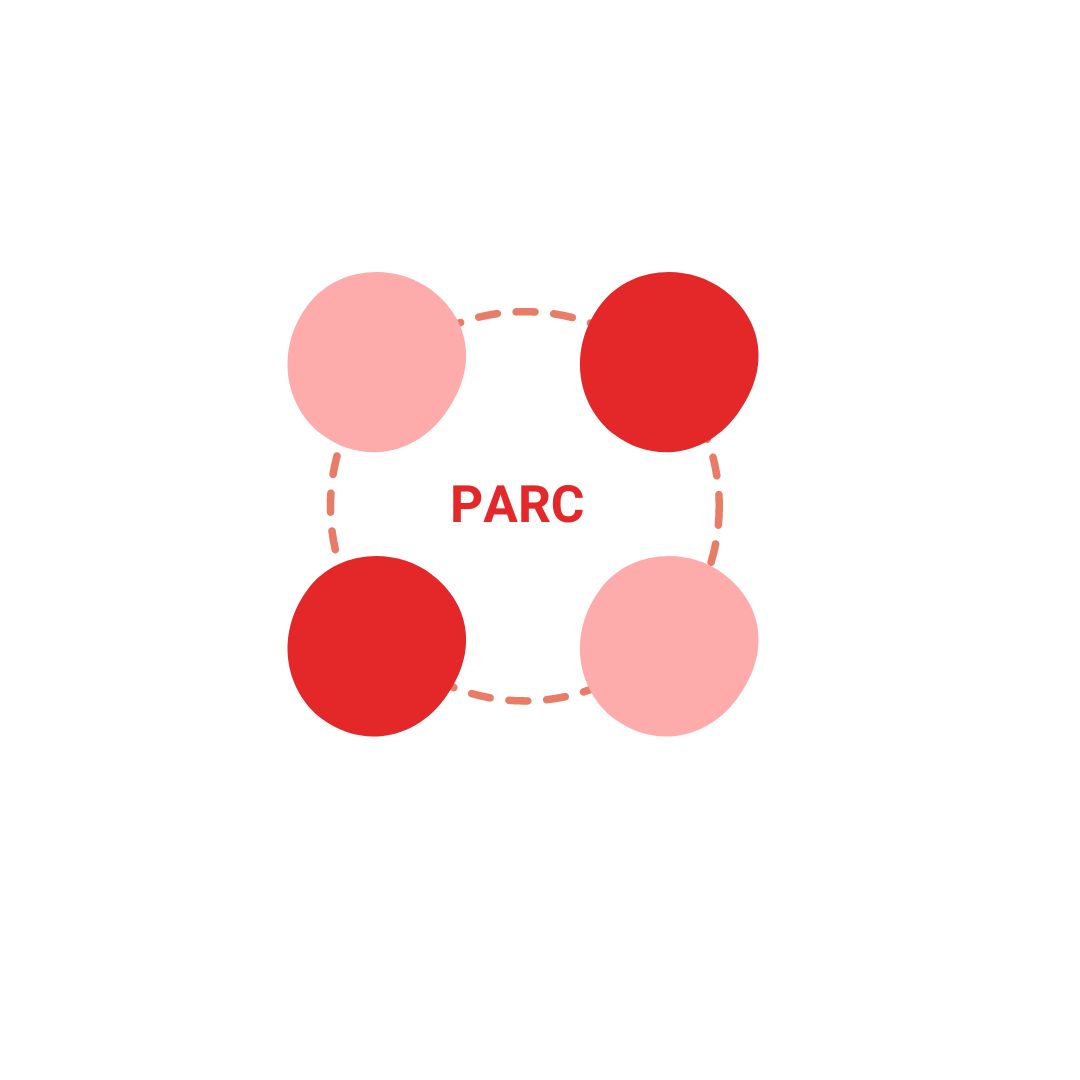In the rapidly evolving digital age, the importance of a robust online presence cannot be overstated for businesses, including those in the healthcare sector like skin care clinics. Digital marketing for skin care practices is not just about promoting services; it’s about connecting with patients at every stage of their journey, from awareness to decision-making. This comprehensive approach can significantly enhance patient engagement, clinic visibility, and ultimately, patient care quality. Below, we delve into the critical aspects of digital marketing for skin care clinics and how they can effectively leverage these strategies.
Introduction to Digital Marketing for Skin Care Clinics
Digital marketing has become an indispensable tool for skin care clinics seeking to navigate the competitive healthcare landscape. By leveraging online platforms, clinics can reach a broader audience, engage with patients more effectively, and build a strong brand identity. The dynamic nature of digital marketing allows for real-time interactions and feedback, providing an invaluable advantage over traditional marketing methods.
Why Digital Marketing for Skin Care Practice Matters
In today’s digital-first world, patients often turn to the internet to find health information, seek solutions for their skin concerns, and choose healthcare providers. Digital marketing helps skin care clinics meet potential patients where they are: online. It enables clinics to showcase their expertise, share patient success stories, and highlight their services, making them the preferred choice for those seeking skin care treatments.
1. Understanding Your Patients
For skin care clinics looking to implement effective digital marketing strategies, identifying and understanding the different segments within their target audience is crucial. These segments, defined by specific characteristics and needs, allow clinics to tailor their marketing messages, services, and content to better meet the unique demands of each group. Here are some key segments within the target audience for skin care clinics:
a) Demographic Segments
- Age: Different age groups have varying skin care needs. Teenagers might seek acne treatment, while older adults might be more interested in anti-aging solutions.
- Gender: Although skin care is universal, certain treatments or products might be more popular with a specific gender, influencing how clinics target their marketing.
- Income Level: Luxury skin care services and products may appeal to higher income brackets, while basic dermatological health services might have broader appeal.
b) Geographic Segments
- Location: Urban vs. rural areas can influence the type of skin care services demanded. Urban areas might have a higher demand for cosmetic dermatology due to lifestyle factors.
- Climate: Geographic location with specific climate conditions (e.g., dry, humid) can affect skin health and may influence the popularity of certain treatments.
c) Behavioral Segments
- Service Usage: Some clients may be more interested in regular, maintenance-type services (e.g., facials, microdermabrasion), while others might seek more intensive treatments (e.g., laser therapy, chemical peels).
- Lifestyle Choices: Individuals with certain lifestyles (e.g., outdoor enthusiasts, frequent travelers) might have unique skin care needs.
- Brand Loyalty: This segment includes clients who are loyal to certain skin care brands or clinics and may respond well to loyalty programs.
d) Psychographic Segments
- Health and Wellness Orientation: Individuals highly focused on overall wellness may be more interested in skin care as part of a holistic health approach.
- Beauty and Appearance: This segment values skin care primarily for aesthetic reasons and may be more interested in cosmetic dermatology.
- Eco-conscious Consumers: Clients who prefer organic, cruelty-free, or sustainable skin care solutions represent a growing segment.
e) Need-based Segments
- Specific Skin Conditions: Clients with specific skin conditions (e.g., acne, eczema, psoriasis) are looking for specialized treatment and advice.
- Preventative Care: This segment is interested in early intervention to prevent skin issues before they become more serious.
- Cosmetic Improvements: Includes individuals seeking cosmetic enhancements, such as botox, fillers, or skin rejuvenation treatments
2. Understanding Search
Search engine marketing (SEM) encompasses various techniques aimed at increasing visibility on search engine results pages (SERPs). Within SEM, paid search ads stand out as a powerful tool, allowing businesses to display ads to users actively searching for related keywords. This immediacy and relevance are what make paid search particularly effective for targeted marketing.
a) Paid Search
Paid search refers to the process of advertising within the sponsored listings of a search engine or a partner site by paying either each time your ad is clicked (pay-per-click – PPC) or less commonly, when your ad is displayed (cost-per-impression – CPM). For skin care clinics, this means bidding on keywords related to skin care treatments, products, and conditions, ensuring their ads appear to the relevant audience.
b) How Paid Search Ads Work for Skin Care Clinics
When a potential client searches for keywords like “acne treatment near me” or “anti-aging skin care,” the search engine uses algorithms to determine which ads to display based on factors such as the relevance of the ad to the search query, the quality of the ad, and the amount of the bid. Skin care clinics can use paid search ads to target specific services, treatments, and products, positioning themselves in front of users at the exact moment they’re seeking skin care solutions.
c) Benefits of Paid Search Ads for Skin Care Clinics
- Targeted Reach: Paid search ads allow skin care clinics to target users based on their search queries, ensuring that ads are shown to potential clients actively seeking skin care services.
- Cost-Effectiveness: With PPC models, clinics pay only when a user clicks on their ad, making it a cost-effective way to drive traffic to their website.
- Measurable Results: Paid search platforms provide detailed analytics, allowing clinics to measure the effectiveness of their ads in real-time and adjust strategies accordingly.
- Increased Visibility: Paid search ads appear at the top of SERPs, giving skin care clinics prominent visibility that can be hard to achieve through organic search alone.
- Flexibility: Campaigns can be quickly adjusted, paused, or enhanced, allowing clinics to respond to market trends, seasonal demands, or specific promotions.
d) Using Paid Search Ads Effectively for Skin Care Clinics
To maximize the benefits of paid search ads, skin care clinics should consider the following best practices:
- Keyword Research: Conduct thorough keyword research to identify the terms and phrases potential clients are using to find services like yours. Consider using long-tail keywords, which are less competitive and more specific.
- Ad Quality: Create compelling ad copy that clearly states what makes your clinic unique, including any special offers or services. High-quality ads can lead to better click-through rates and lower costs per click.
- Landing Pages: Ensure that clicking on your ad takes users to a relevant, informative landing page that matches the promise of the ad and encourages them to take action, such as booking an appointment.
- Budget Management: Set and manage your budgets carefully to ensure your paid search efforts are cost-effective. Use bidding strategies that align with your marketing goals, whether it’s maximizing clicks, impressions, or conversions.
- Continuous Optimization: Regularly review campaign performance to identify what’s working and what’s not. Optimize your ads, keywords, and bidding strategies based on performance data to improve ROI.
3. Understanding Google My Business
Google My Business (GMB) has emerged as an essential tool for local businesses, including skin care clinics, to enhance their online presence and connect with potential clients. This free platform offered by Google enables businesses to manage their online information as it appears in Google Search and Maps, helping them to be found by and engage with their target audience more effectively. Here’s why Google My Business is pivotal for skin care clinics and how they can leverage it to its full potential.
a) Why Google My Business Matters
1. Enhanced Visibility in Local Searches
When potential clients search for skin care clinics nearby, Google My Business listings appear prominently in the search results and on Google Maps. This visibility is crucial for attracting local traffic to your clinic.
2. Trusted Source of Information
GMB listings provide essential information at a glance, such as business hours, contact details, and location. Keeping this information accurate and updated builds trust with potential clients.
3. Opportunity for Client Engagement
Google My Business allows clinics to publish posts, respond to reviews, and upload photos, turning the listing into an interactive platform that can engage clients and showcase the clinic’s services and successes.
4. Insights into Client Behavior
Google provides valuable insights through GMB, such as how clients are finding your listing (search terms used, etc.), and what actions they’re taking (calling your clinic, visiting your website, etc.). These insights can guide your marketing strategies.
b) How Skin Care Clinics Can Leverage Google My Business
1. Claim and Optimize Your Listing
Start by claiming your Google My Business listing. Ensure that your business information (name, address, phone number) is consistent across the web. Accurately categorize your clinic to improve its chances of showing up for relevant searches.
2. Encourage Reviews
Reviews are a powerful tool for building credibility and improving your clinic’s visibility. Encourage satisfied clients to leave positive reviews, and respond to all reviews in a professional manner. This not only shows that you value client feedback but also can improve your listing’s ranking.
3. Use High-Quality Photos
Photos can make your listing more attractive and engaging. Upload high-quality images of your clinic, your team, before-and-after shots of treatments (with client consent), and any products you might offer. Businesses with photos receive more clicks, calls, and direction requests.
4. Publish Regular Posts
Google My Business allows you to publish posts directly to your listing, similar to social media updates. Use this feature to share updates, promotions, events, or educational content. This keeps your listing active and engaging for potential clients.
5. Utilize the Booking Feature
If Google My Business offers a booking feature for your region, integrate it with your scheduling system. This allows potential clients to book appointments directly from your listing, making it easier for them to take the next step in their patient journey.
6. Monitor and Analyze Insights
Regularly check the insights provided by Google My Business to understand how clients interact with your listing. Use this data to refine your marketing strategies, improve your listing’s performance, and ultimately attract more clients to your clinic.
By effectively leveraging Google My Business, skin care clinics can enhance their online visibility, engage more effectively with their target audience, and gain valuable insights into client behavior. In the digital age, a well-managed GMB listing is an invaluable asset for connecting with potential clients and growing your skin care practice.
4) Understanding SEO
Search Engine Optimization—is crucial for any business aiming to increase its online presence and attract more clients through organic search. SEO involves optimizing your website and online content to rank higher in search engine results pages (SERPs) for relevant queries. For skin care clinics, a well-implemented SEO strategy can be a game-changer, enhancing visibility, credibility, and patient engagement. Let’s delve into the nuances of SEO, its benefits for skin care clinics, and how to use it effectively.
a) How SEO Works for Skin Care Clinics
For skin care clinics, SEO means optimizing their website and content to appear more prominently in search results for terms related to skin care services, treatments, and conditions. This involves:
- Keyword Research: Identifying the terms and phrases potential patients are using to search for skin care solutions and incorporating these into your website’s content.
- On-Page Optimization: Ensuring that your website’s structure, content, and HTML elements (like meta tags, headers, and images) are optimized for your target keywords.
- Content Creation: Publishing high-quality, informative content that addresses the questions and concerns of your target audience.
- Technical SEO: Improving site speed, mobile-friendliness, and ensuring your website is easily crawlable by search engines.
- Local SEO: Optimizing for local search by maintaining an accurate Google My Business listing, acquiring local backlinks, and ensuring your clinic’s name, address, and phone number (NAP) are consistent across the web.
b) Benefits of SEO for Skin Care Clinics
- Increased Visibility: By ranking higher in search results, your clinic gains increased visibility among potential patients actively seeking skin care solutions.
- Cost-Effectiveness: SEO is more cost-effective in the long run compared to paid advertising, as it brings in organic traffic without the need for ongoing payments per click.
- Credibility and Trust: Users tend to trust organic search results more than paid advertisements. A high ranking acts as an endorsement from Google, enhancing your clinic’s credibility.
- Better User Experience: SEO isn’t just about pleasing search engines; it’s also about providing a better experience for your visitors, which can lead to higher conversion rates.
- Competitive Advantage: Outranking your competitors in search results can give your clinic a significant advantage in attracting more patients.
c) Using SEO Effectively for Skin Care Clinics
Implementing an effective SEO strategy for your skin care clinic involves several steps:
- Comprehensive Keyword Research: Use tools like Google Keyword Planner or SEMrush to find keywords related to your services. Don’t overlook long-tail keywords, which are less competitive and often more conversion-friendly.
- Optimize Website Structure and Content: Ensure your website is structured in a way that search engines can easily understand. This includes using appropriate headings, meta descriptions, alt text for images, and including keywords in your content naturally.
- Publish High-Quality Content: Regularly update your blog with informative articles, patient stories, treatment explanations, and answers to common skin care questions. This not only helps with SEO but also establishes your clinic as an authority in skin care.
- Enhance Site Speed and Mobile Usability: With the increasing use of mobile devices to access the web, ensuring your site is fast and mobile-friendly is crucial.
- Acquire Quality Backlinks: Links from reputable sites in the health care and local business sectors can significantly boost your SEO efforts by increasing your site’s authority.
- Monitor Your Progress: Use tools like Google Analytics and Google Search Console to track your website’s performance, understand how visitors are finding you, and identify areas for improvement.
By focusing on SEO, skin care clinics can improve their online visibility, attract more organic traffic, and ultimately convert more website visitors into patients. With its numerous benefits, SEO is an essential component of any skin care clinic’s digital marketing strategy.







